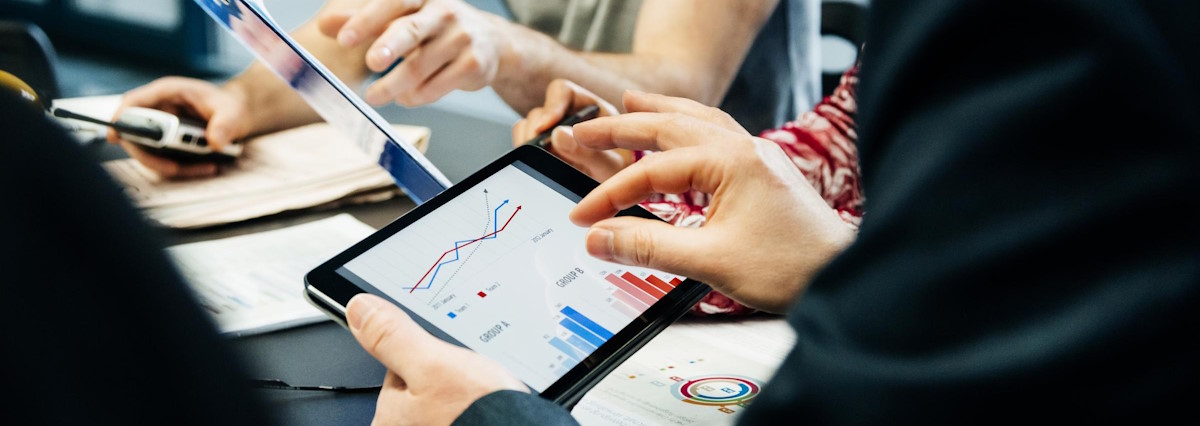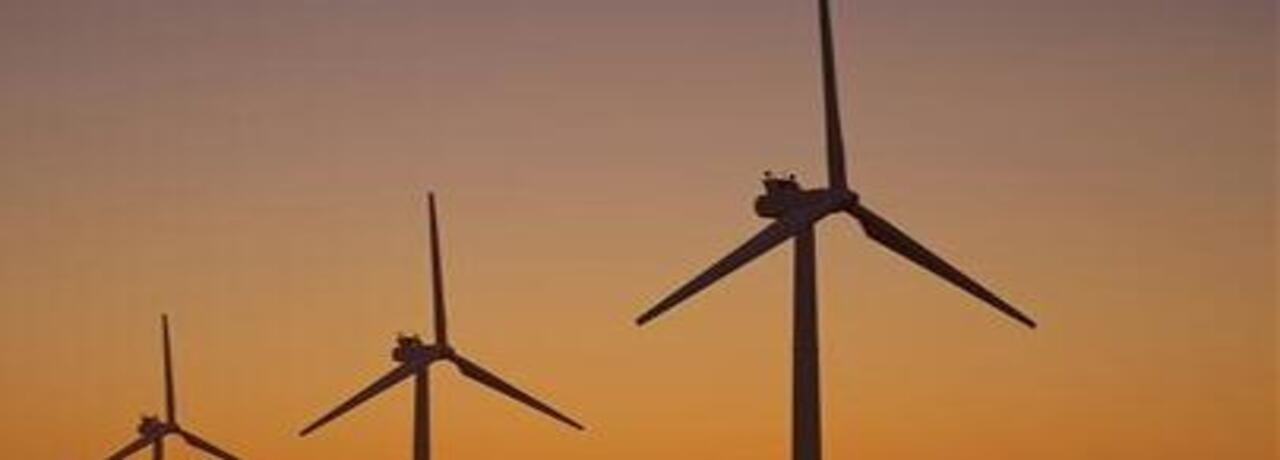
Australia: Monetary easing needs fiscal stimulus on its side
The Reserve Bank of Australia (RBA, the central bank) cut its key policy interest rate by 25bp to an all-time low of 1.25% in early June and indicated in the minutes (released this week) that a further cut is on the horizon. The RBA cited low inflation (1.3% y/y in Q1) and rising unemployment (5.2% in April and May, up from a recent low of 4.9% in February) as drivers for its move. Moreover, real GDP growth decelerated to +1.8% y/y in Q1, the slowest increase since Q3 2009. Fixed investment (-1.5%) and private consumption (+1.8% y/y) were particularly weak in Q1; and nominal retail sales in April (-0.1% m/m) do not point to an improvement in Q2. Monetary easing is likely to support growth somewhat in H2 but given already low interest rates, fiscal stimulus would be more effective. With public debt at just 41% of GDP, the government has sufficient fiscal leeway but, as in Germany, a political obsession with achieving a budget surplus may inhibit more substantial measures than those efforts on tax changes and a few infrastructure projects that have been outlined in the budget.














